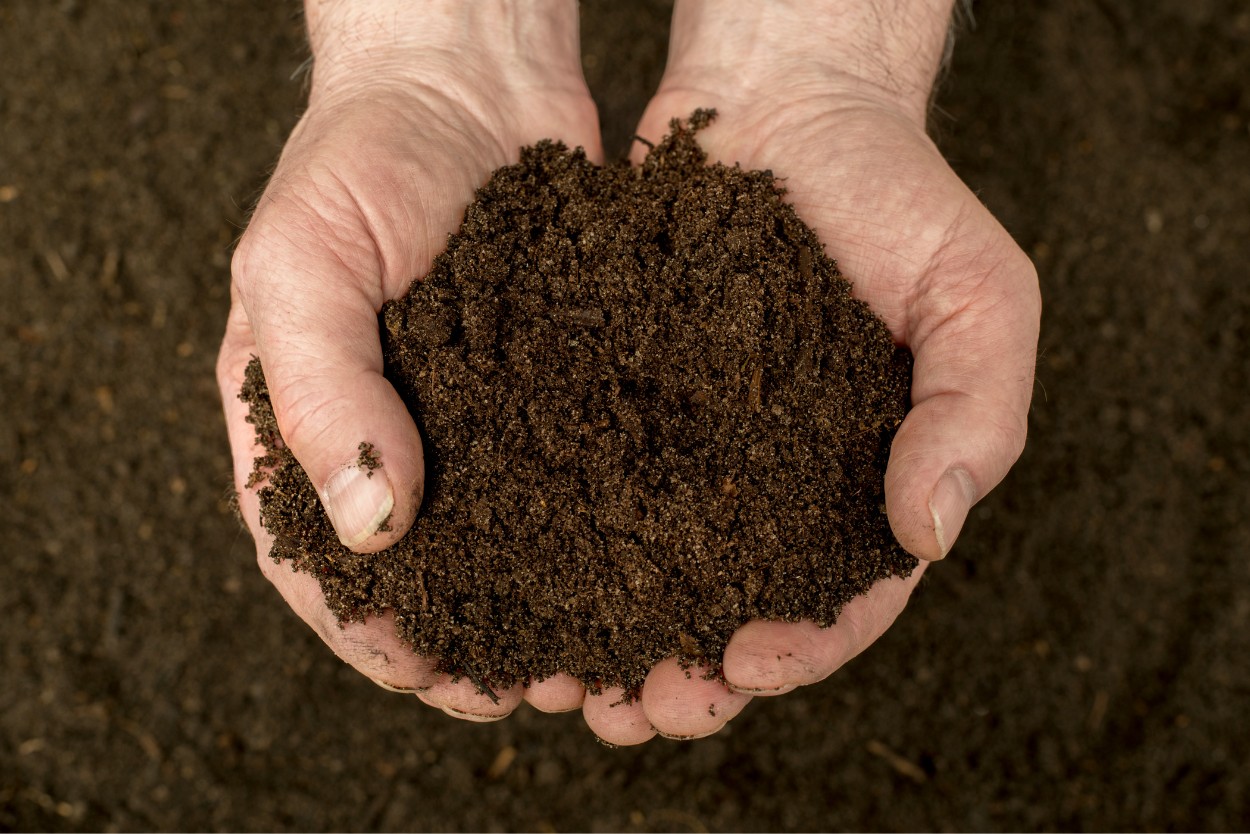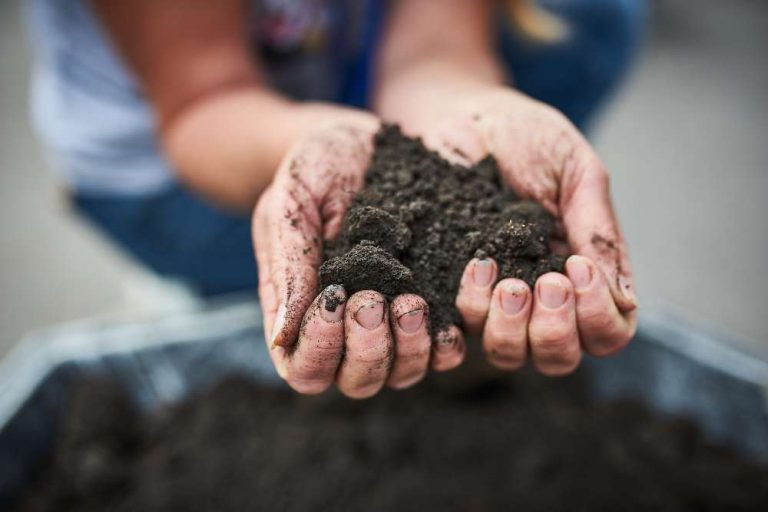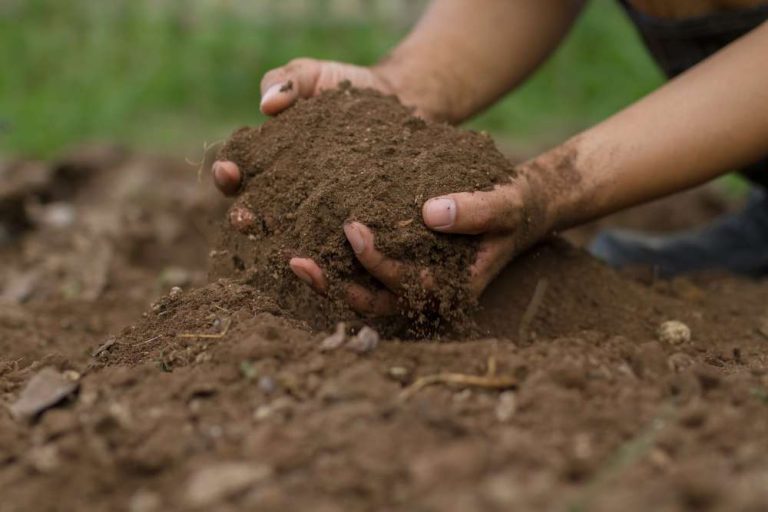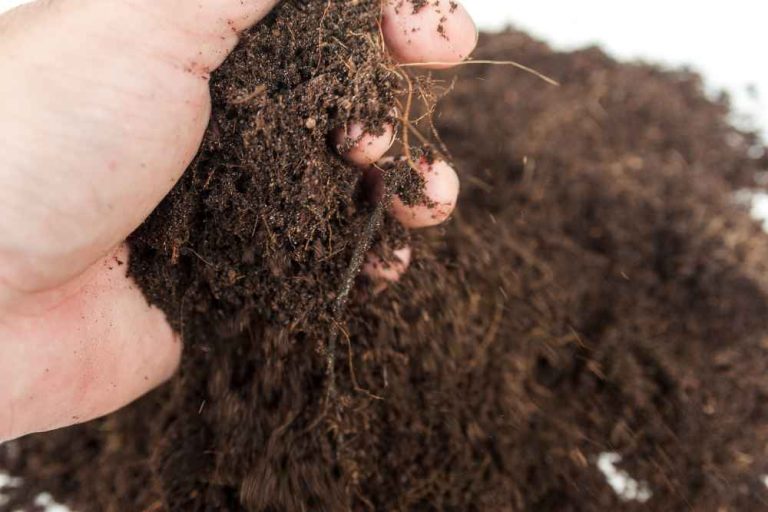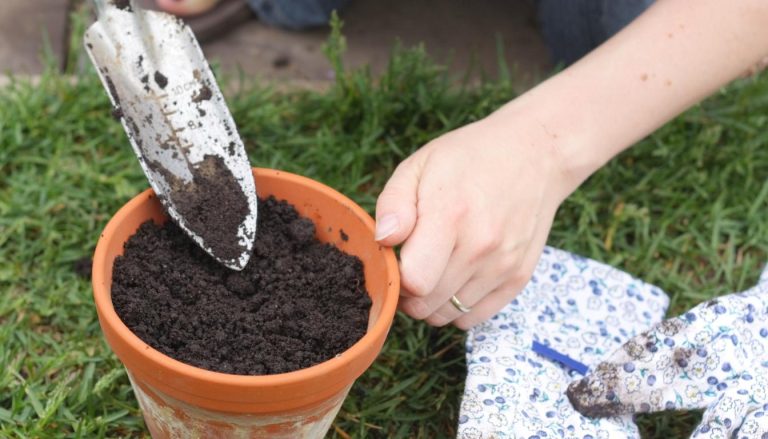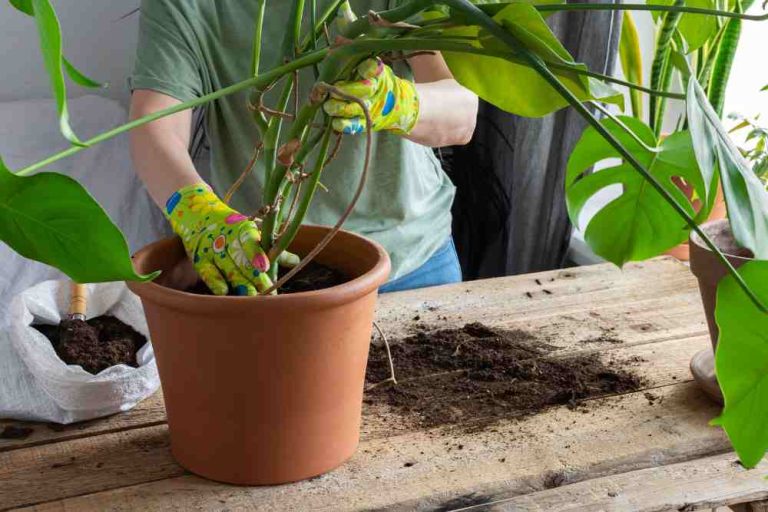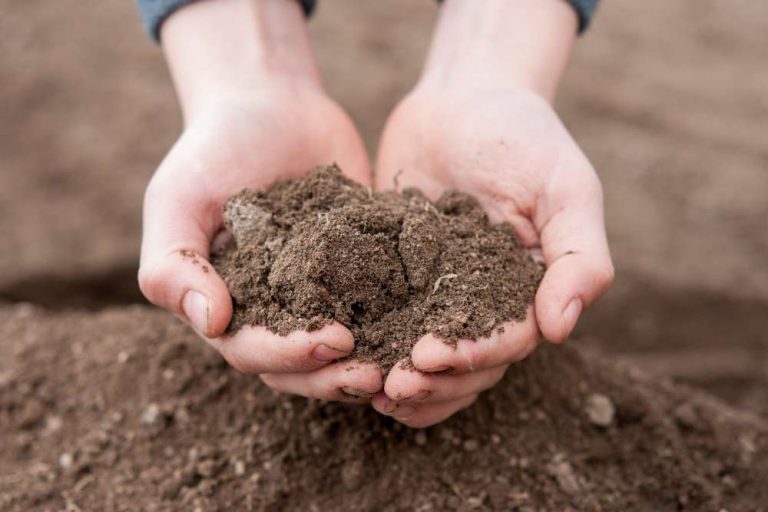How to Mix Compost into Soil for Healthier Plants: Ultimate Guide
Are you looking for a natural, organic method to enhance the quality of your soil? Adding Compost directly to the soil will result in better soil and larger plants. In this article, we will present you tips on how to mix Compost into soil.
What Exactly Is Compost?
Decomposed organic material makes up Compost, which contains a range of helpful microbes that feed your soil. There are several sources for composting.
Compost can be obtained from decomposing farm animal manure, a traditional compost heap, or worm castings. Each has its own set of benefits and drawbacks. In addition to manufacturing your Compost at home from kitchen waste, Compost may be purchased in packets at garden supply stores. Whether a person lives in a small apartment or a rural property, composting systems can be made to suit their needs.
Because of the variety of sources and composting processes, it provides a safe, accessible, and free source of fertilizer. Composting procedures differ based on the situation, soil type, and growing conditions. You can manage your garden better if you understand why and how to add Compost to the soil.
How To Identify Healthy Compost?
Knowing how finished Compost looks is essential, especially if you make your own at home. The completed Compost should have no traces of the source components. Instead, it will be black and granular, similar to garden topsoil. It should also have an earthy scent and not be sour. This is essential because if your Compost isn’t fully matured and healthy, it can harm your soil and plants.
Using Compost In Combination With Other Amendments
If you’re going to add both a pH amendment and Compost, add the lime or sulfur first, wait a few weeks, and then add the Compost. Compost considerably increases Cation Exchange Capacity (CEC), which means it will absorb and, in a way, de-fang any pH-altering additives. (This is Compost’s famous pH buffering capacity in action.)
To adjust the pH, the chemicals in those amendments must bind to other minerals, but when soil organic matter (SOM) levels are high, they will bind to those organic molecules instead. Compost, in other words, interferes with pH amendments.
So, if you’re serious about changing your soil pH dramatically and quickly, wait for the amendment to take effect before adding Compost. Because lime is a very slow-acting amendment, wood ashes may be preferable for increasing pH in this circumstance. Ashes work swiftly, with the unavoidable conclusion that their effect could be more long-lasting. Lime treatments, on the other hand, have a three-year lifespan.
Compost Offers Numerous Advantages
Combining Compost and soil is beneficial to the garden. Compost can improve the moisture-holding capacity of sandy soils, hence increasing the drought resistance of grass, flowers, and shrubs. Compost increases penetration in heavy soils such as clay, allowing moisture to enter a plant’s root zone freely.
Even though Compost contains nutrients, its most significant advantage is keeping nutrients and water in the root zone, increasing their availability to plants. The use of pesticides can be decreased by using Compost, which can prevent several plant diseases.
Vegetable gardens receive little nutrition from Compost, but it also changes the soil’s moisture-holding capacity, making it better suited to shed or hold onto water. It is used in potting mixes to maintain water in potted plants on decks and patios as well as in composting lawns, shrubs, and vegetable and flower gardens.
However, too much compost added to the soil as a soil amendment may cause problems, especially with some plants. It’s better to learn how to add Compost to the soil at the proper ratio to gain the most benefits from this critical soil amendment. The amendment breaks down biologically, releasing essential macro- and micronutrients and nourishing healthy biological creatures in the soil. It also improves soil for future years and increases beneficial creatures such as earthworms.
How To Mix Compost Into Soil
The method you choose to mix Compost into the soil is determined by the size of your property and the condition of your soil. First, examine your soil and determine its structure.
Is the soil mostly clay, sand, or loam? Based on this, you can determined whether you need to mix Compost into the soil. Soil disruption harms mycorrhizal networks, inverts soil layers, and kills insect life.
Soil Type: Loam Soil
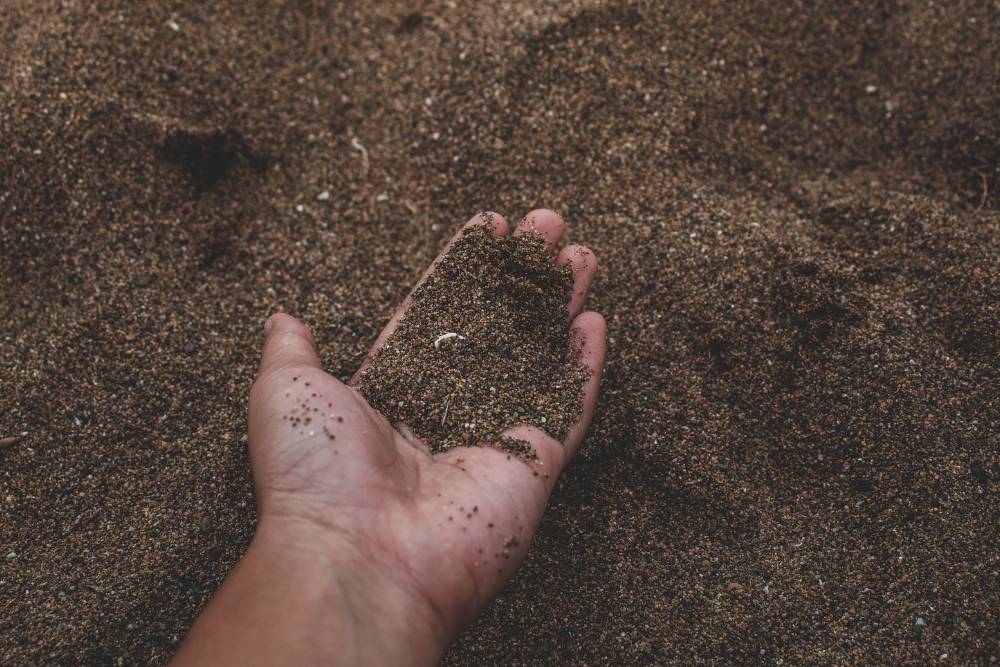
Loamy soil that is easily handled and already in good condition does not require much amendment. So, instead of turning the soil to incorporate the Compost, spread the Compost on top. It will gradually mix into the soil as it rains and earthworms aerate the soil. Using Compost in this manner also allows it to function as mulch and prevents weeds from emerging. If you want to go the extra mile, smooth it over the surface using a simple garden rake.
If you already have plants, spreading Compost over the top of the soil works well. It is logistically hard to mix in the Compost without damaging the previously developed roots while things are in the ground. To avoid burning the young plants, distribute the Compost a few inches away from the stems.
Soil Type: Clay Soil

If you are working with more difficult soils high in clay or sand, it is critical to introduce Compost into the soil to modify the soil structure. It would be time-consuming and impracticable to let it naturally saturate the soil. However, how you incorporate the Compost will entirely depend on the size of the plot and whether or not it is a fresh garden bed. Mixing Compost into the soil will take more time if you create a new bed from scratch. The best way to increase topsoil, add Compost, and incorporate other nutrients while maintaining soil levels is with this procedure, although it is laborious.
How To Mix Compost Into Potting Soil
No matter if the plants are indoor or outdoor, potted plants can also use Compost. Even high-quality potting soil loses nutrients over time, but Compost can help replenish them. Compost can be added to potted plants and window boxes in two ways. First, before using the potting soil, mix in some compost. Second, by adding an inch of Compost to your potted plants twice a year, you may assist in preserving nutrients.
Vegetable Gardens
The appropriate ratio will vary based on the type of plants you’re growing and the quality of your soil. In general, it’s a good idea to combine 1 part compost with 3 parts soil.
If you’re unsure how much Compost to use, it’s preferable to use too little. This will give your plants the necessary nutrients to develop without over-fertilizing the soil and preventing them from getting enough oxygen. If you use too much Compost, it may be challenging to remove the excess, but you can always add more if necessary.
Using a rototiller, you would till the ground five inches deep and then top the soil with compost that is up to an inch thick. If you’re turning your garden with a shovel, you may measure the depth of the blade and calculate the depth of the Compost required to accommodate the depth of the shovel blade. Compost should be applied at a rate of one-fifth of an inch per inch of shovel depth.
Make sure to break up any soil clumps when blending your soil so that the Compost may be incorporated evenly. When everything has been thoroughly combined, you are ready to plant!
Floral Gardens
Make a soil compost blend with 20% compost. Combine one part compost and four parts soil. You can add no more than 1/4 to 1/2 inch of Compost as topdressing to perennial flower gardens.
Lawn Care With Compost
Compost is frequently applied as a top dressing to lawns as part of routine grass maintenance. Composting is a useful lawn care technique that encourages lush, green, and healthy-looking grass. Compost can improve your lawn’s water retention capacity, allowing you to water less frequently.
This technique can be done annually, with the optimal period being in the spring, right before the growing season. It will help if you rent a core aerator to remove little plugs of grass from the entire lawn in a safe manner. The Compost should be applied to your lawn in a thin layer (1/4 to 1/2″) and raked into the aeration holes. The Compost will settle between the grass blades and boost your lawn’s nutrients.
For Planting Trees & Shrubs
When planting a new tree, it is advised to add compost to the top 2 inches of soil from the tree’s trunk to the drip line, which marks the outermost limit of the canopy, by adding 1/2 to 1 inch of compost.
By providing organic material, decreasing moisture loss, and keeping the soil cool, compost placed in this manner replaces the layer of organic matter that naturally resides on the forest floor. When planting a new tree, avoid adding Compost to the hole already dug because doing so will prevent the tree’s roots from spreading outward.
Around trees and bushes, compost can be used as a mulch to reduce weed growth and promote drought tolerance. Up to 2 inches of compost should be applied under each tree or shrub, all the way to the drip line (a tree’s outermost leaves) or the bed edge.
Before applying Compost to compacted soils, gently work the soil with a hand tool to protect shallow feeder roots and make nutrients more readily available to trees and shrubs. This will help to prevent moisture loss and maintain soil temperature. Compost can also be added to the soil once or twice a year to offer organic nutrients. In order to prevent rot and the spread of pests and disease, compost or mulch shouldn’t be applied directly to a tree or shrub’s bark or on exposed woody roots.
Mixing Compost Into Raised Beds
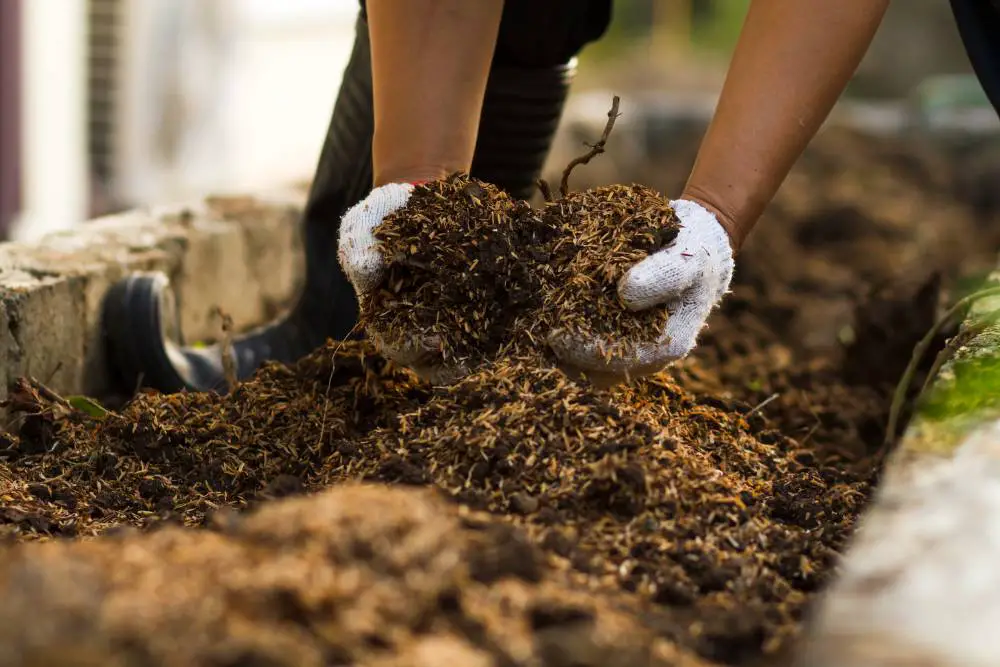
When it comes to compost and soil ratios for raised beds, there are a few things to consider:
- The amount of Compost and soil required will be determined by the size of your raised bed.
- The amount of Compost and soil you’ll need will depend on the kind of plants you’re growing in your raised bed.
- While choosing the ideal ratio for your raised bed, your particular preferences will be considered.
Therefore, when determining the perfect Compost-to-sil ratio for your raised bed, there is no “correct” response.
There should be a 1:1 ratio of Compost to the soil if you’re working with a small raised bed (4 x 4 or smaller). Accordingly, you will add one part of Compost for every part of the soil. This proportion is excellent for the majority of veggies and herbs.
If you’re working with a medium-sized raised bed (48 or bigger), you might wish to utilize a compost-to-soil ratio of 2:1 or 3:1. Accordingly; you should add one part of Compost to every two parts of soil (or every three parts of soil). This ratio is suitable for plants that demand higher nutrients, such as fruits and flowers.
- 18 Rose Types and Names for Your Garden - April 23, 2024
- 18 Creative Ideas for Stunning Garden Borders - April 16, 2024
- 19 Creative and Cheap Backyard Ideas: Transform Your Backyard on a Budget - April 11, 2024

